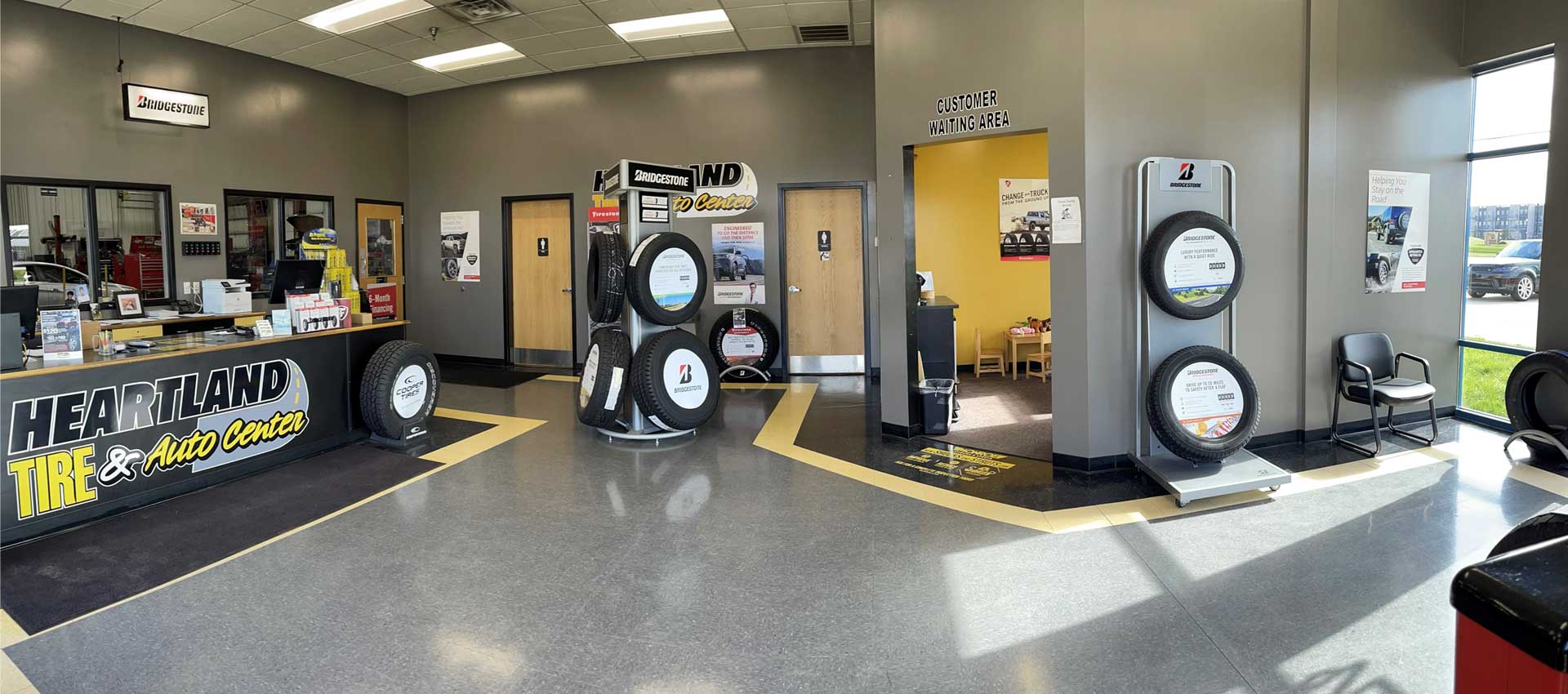Tire Solution: The Influence of Weather
When it comes to guaranteeing optimum performance and security when driving, recognizing the impact of climate condition on tire service is crucial. From scorching warmth to icy roads, each climate component can significantly influence tire functionality and total driving experience. By diving into the results of differing weather on tires, chauffeurs can gain beneficial understandings that might enhance their vehicle's efficiency and durability. In this conversation, we will explore the detailed connection between climate condition and tire service, clarifying the relevance of weather-specific tire upkeep techniques and factors to consider.
Heat and Tire Efficiency
When subjected to high temperature levels, tires experience changes in performance that can dramatically affect vehicle security and handling. The heat produced from extended driving or heat problems causes the tire rubber to soften, causing lowered tread life and boosted wear. As the rubber becomes softer, the tire's hold when traveling diminishes, affecting braking distances and total traction. In severe instances, extreme warmth can even cause tire blowouts, positioning a serious safety and security danger to the lorry and its occupants.
In addition, high temperature levels can increase the procedure of tire aging, creating the rubber to wear away a lot more promptly. To alleviate the results of heat on tire efficiency, vehicle drivers need to frequently examine their tire pressure, rotate tires to guarantee also put on, and evaluate for any type of indicators of damage.
Winter Effects
Cold climate problems can have a significant influence on tire efficiency and safety and security. In cool weather, tires may additionally lose air pressure more swiftly, which can influence dealing with and gas effectiveness.
To reduce the effects of winter on tires, it is vital to consistently check tire pressure and inflate them to the producer's recommended levels. Using winter months or all-season tires developed for winter conditions can likewise enhance grip and hold on icy or snowy roads - morris tire and alignment. Correct tire upkeep, including regular evaluations for wear and damage, comes to be much more essential during cooler months to guarantee optimum efficiency and safety and security
Rainy Issues Impact
Throughout wet conditions, tire performance and security can be substantially affected by the damp roadway surfaces and lowered visibility. The walk pattern of tires plays an important duty in keeping traction on damp roadways. Tires with damaged footsteps are more prone to hydroplaning, where a layer of water constructs up in between the road and the tire surface area, causing loss of grip. To combat this, motorists must routinely inspect their tires for appropriate tread depth and think about buying tires hop over to these guys particularly designed for damp conditions.

Snow and Tire Safety
When driving in snowy problems, having the appropriate tires can make a significant distinction in safety and security and efficiency. Wintertime tires are designed with special rubber substances and walk patterns to offer much better traction on snow and ice compared to all-season tires.
Along with using winter months tires, it is critical to guarantee they are correctly pumped up. Cold weather can create tire stress to drop, influencing grip and handling (tires morris il). On a regular basis inspecting and keeping the appropriate tire stress is important for ideal efficiency in snowy problems

Weather-Related Tire Maintenance
Weather-related tire upkeep encompasses an array of methods intended at guaranteeing optimal tire function and durability in different climate scenarios. One key facet of weather-related tire upkeep is tire pressure law. Examining tire tread consistently and replacing tires when walk wear gets to a certain depth is crucial for maintaining traction and security in negative climate.
Final Thought
To conclude, climate condition have a considerable influence on tire performance and safety. From warm impacting tire stress and wear to winter minimizing traction, it is important to take into consideration the weather when keeping and using tires. Rainy conditions can decrease grip and lead to hydroplaning, while snow can raise the danger of accidents if tires are not correctly equipped. Weather-related tire upkeep is vital in making certain optimum efficiency and security when driving.
In this conversation, we will certainly explore the intricate relationship between weather condition problems and tire service, look at here now dropping light on the value of weather-specific tire maintenance techniques and considerations.
